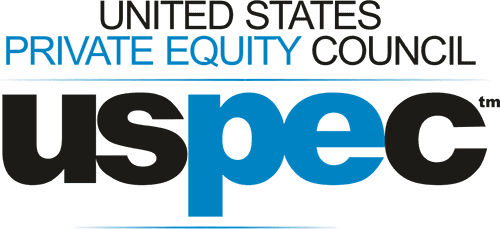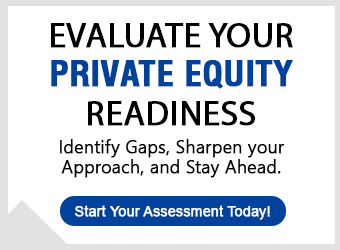As many private equity firms return to work post-COVID lockdown, USPEC discusses the role of talent in value creation and how to manage the team and drive profitability.
The days of private equity remaining constricted to buying companies, holding them for a period, making improvements, and selling them for a profit are gone. There will be no restoration in work culture, finances, priorities, businesses, and deals – courtesy COVID-19.
Stretched holding period, ensued by COVID-19, has exacerbated existing resource challenges. Value creation through talent management is the only solution to drive profitability.
Quality human capital: The emerging trend in private equity firms
Given the COVID-19 circumstances and changing market scenario, the key to success for private equity firms lies in acquiring and engaging quality human capital at all levels across the globe. With rapid developments in talent acquisition, this appears to be already factoring in the existing business modalities.
The investment in 2020 Q2 was more focused on executive staff recruiting, hiring interim leadership, and growth strategy, reports BluWave, a private equity-focused advisory firm. Diversity and inclusion, being on the spotlight throughout the global economy, are demanding more talent acquisition budget and resources from the private equity firms. PE firms like Carlyle, Softbank, Naspers, Temasek, and many others in the line are creating and hiring for leadership roles in their investee companies.
Flex point Ford, a private equity investment firm, recently announced appointments of three vice-presidents complementing the talent development enthusiasm and executing new investment opportunities.
Blackstone alone has hired 20 CXOs and 15 board members for its portfolio companies.
Let us decode this nailing trend in the PE industry.
The need for talent management at Private equity firms
To obtain the best outcome, it is essential to orchestrate talent across the portfolio and organizational design as early as possible. Human capital is necessary to define mission-critical roles and capabilities during the due diligence phase, involve the deal team and acquisition targets, audit the leadership and culture in the new portfolio company, transform the new talent, and share the best practices throughout the portfolio companies.
It’s only through a strong human capital, the PE firm can:
Infuse the organizational culture in portfolio companies
Develop and communicate strategic workforce plans
Set the governance structure for boards
Compile a database of talent and market metrics
Establish a fair compensation philosophy
Implement workforce analytics for research
PE firms need to take a strategic approach while developing human capital at the principal level and portfolio company as well. With strong leadership, PE firms can build businesses, drive operational executions, create values, comprehend risks, restructure scenarios, manage changes, and harvest returns.
Moving forward, let’s see how PE firms can harvest high returns on their investment through talent management.
Harvesting high returns at PE firms through talent management
A few of the PE best practices to build competitive advantage and harvest high returns are:
Vision and talent
Maximize your return on investment from portfolio companies by achieving a 5-year vision through a talent plan and working on the business.
A right talent management system built on behavioral science and vision of the dictated term helps to gain a high-performance team across portfolio companies. Goals can be strategic, commercial, operational, or organizational. It is essential to clarify the company’s value to identify the required talent, define purpose, and carry the firm forward in the right direction.
Strategy and talent
Possess a dedicated in-house capability for operational excellence, accelerated sales and EBTIDA.
Implementation of the right talent helps to have functional expertise in marketing; right coordination with portfolio resources, outside partners, audit firms, and; adherence to portfolio operations.
Talent evaluation
Evaluate the existing talent team and have a ‘Point person’ to address strategic human capital issues.
A structured and proactive approach for continuous flow of talent for top management positions will be helpful in centralized knowledge management, making informed investment decisions, strategic use of management assessment during due diligence, managing portfolio companies, and leveraging internal and external resources.
Talent succession
Identify the potential unicorn talent who can bullet throw the ball and stand by difficult decisions independent of the leader.
Leadership transitions may happen anytime for many reasons other than retirement. To keep the operations running, several firms have a co-presidentship model. Begin the succession planning a few years in advance, say five years. It is essential to have a multi-level succession roadmap, incentives for the next generation leaders, assessment structure for the prospect’s financial acumen, and soft skills.
The key takeaways
The eightfold path to earn profit:
Talent is an investment that yields results and not a cost to the company. Operate by seeing the value ahead of the curve.







